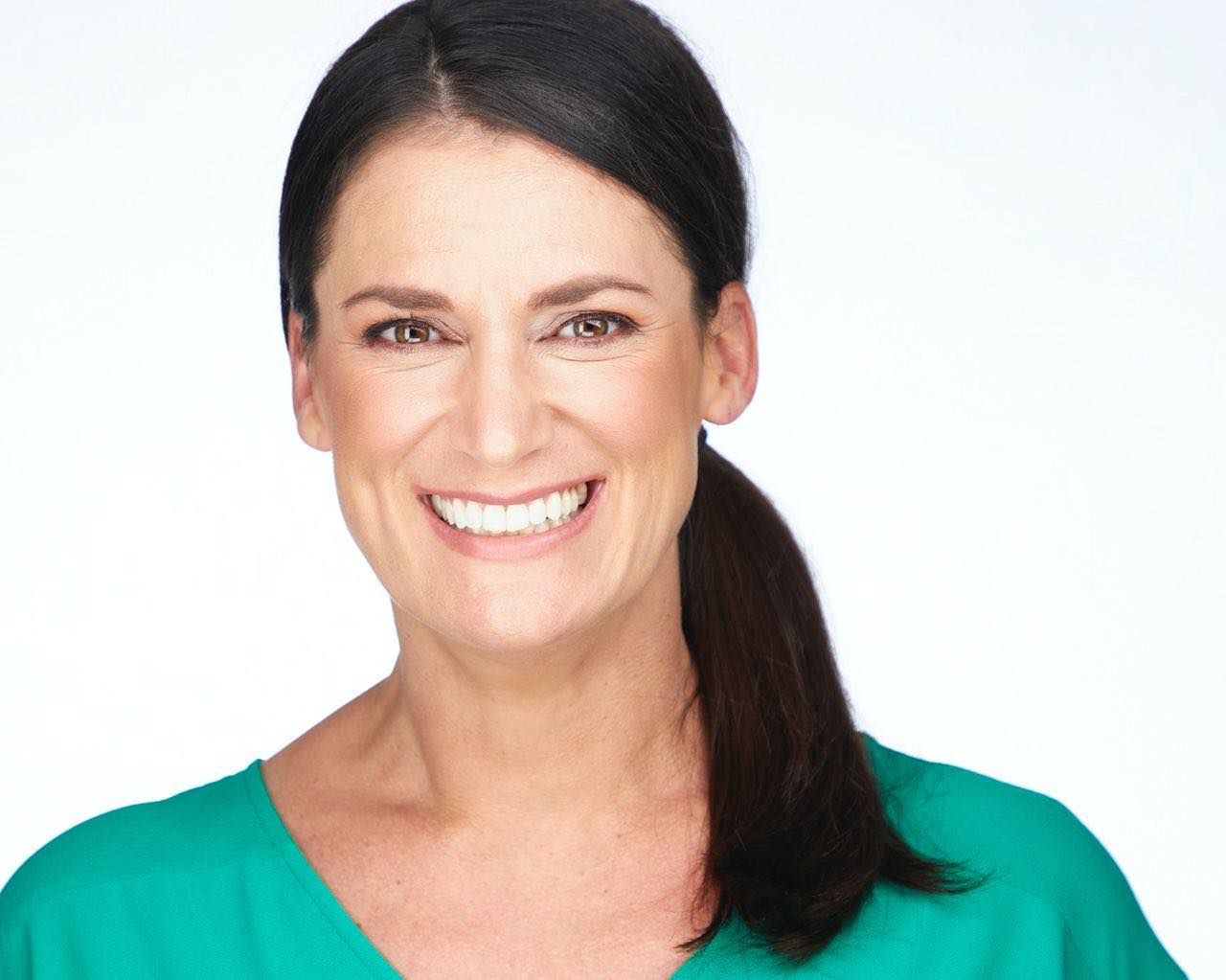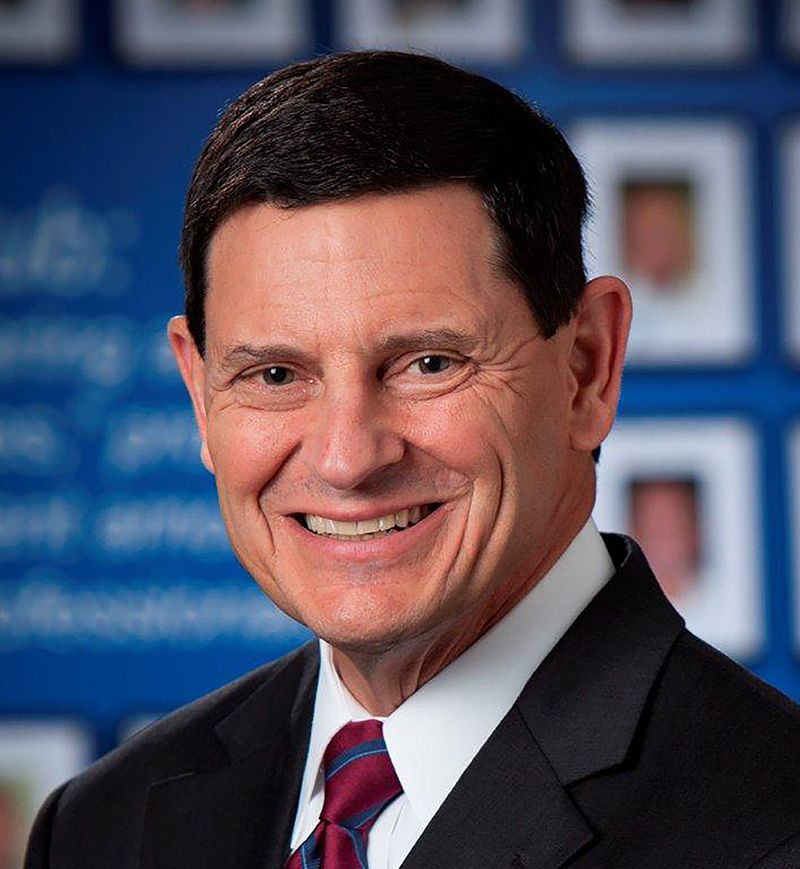On March 31, Twitter open-sourced its algorithm. Elon Musk, chief executive officer of Twitter, delivered on his promise of transparency by being the first major social media platform to publish its engagement calculation formula. Whether you are or are not on Team Elon, you cannot deny his impact of changing the technological landscape of this decade with Tesla, SpaceX, the Boring Company, OpenAI and now Twitter.
In November of 2022, Musk said his long-term goal for Twitter was to become the “everything app.” Fast-forward, and Twitter is releasing foundational elements of delivering on that promise. The release of the algorithm is a step toward building trust so that people will view Twitter as a reputable place to be. The company’s motivation is to encourage users, and advertisers to improve their engagement, impressions and, ultimately, responses to content on Twitter.
The algorithm aims to fill your “For You” (your personal Twitter homepage) timeline with content that it thinks will keep you on Twitter for more time. Translation: They want users to enjoy their experience and be on the platform more, so that companies will then spend money on advertising because the potential ad buyer sees how many people are present and engaged with Twitter. Social media companies, such as Twitter, generate revenue primarily from advertising; a recent quarterly financial earnings report from Twitter showed $1.18 billion.
Recommendation algorithms, like Twitter’s, use machine learning. We depend on algorithms to get to know our preferences. For social media platforms, the algorithm is essentially the secret formula as to how all the content posted by users is rank ordered for display to users. According to Twitter’s blog, Twitter users share 500 million Tweets daily. The entire algorithm process takes about 1.5 seconds to complete and runs 5 billion times per day. The algorithm formula specifies how different types of engagement (likes, retweets, replies, etc.) are weighed. Tweets with higher predicted engagement are ranked higher in the feed. It also specifies which content is negatively impacting users’ experience and is silently downranked.
Here is what the algorithm release says about tweet visibility and what you can do to improve yours:
Create videos that will at least be watched 50% of the way through and upload them directly. (As opposed to using a third-party platform such as YouTube)
If you want to post external links, media links carry the most positive weight.
Choose to incorporate a single relevant hashtag. (Not multiple hashtags.)
Create content that will generate a lot of likes and replies.
Aim for your audience to spend over 2 minutes connecting with the conversation.
Create content that gets shared/retweeted.
Use Twitter search to find topics to tweet about with strong metrics (beyond just impressions).
Encourage people to follow your account.
Post more than only a hyperlink or image, those alone will now negatively affect your account score.
Check your account’s reputation:
Your follower-to-following ratio, verification status, account activity and the number of suspensions determine your account’s Tweet credibility.
Follower-to-following ratio (you want more followers)
Engaging with the “right” users in your industry.
There is always the pay-to-play option with Twitter Blue for $84 annually. Your basic tweets will automatically be boosted between 2 and 4 times with the subscription.
Another significant thing the formula tells us is that negative feedback (e.g., “show less often” or block or mute) has a high weight. Which is good for the user experience.
The landscape of Twitter 2.0 is evolving and appears to be setting itself up for success with the evolution of Web 3.0. Until that time, you now know the secret sauce to visibility on Twitter and can use it to gain awareness of your personal or business brand. ♦
Loran Jarrett is a Tampa native and assistant professor of instruction at the University of South Florida. She also serves as the director of the School of Marketing and Innovation Practice Center and faculty advisor for the USF American Marketing Association. With 15 years of experience in marketing, she recently consulted as vice president of marketing strategy and public relations for Synapse Florida.










